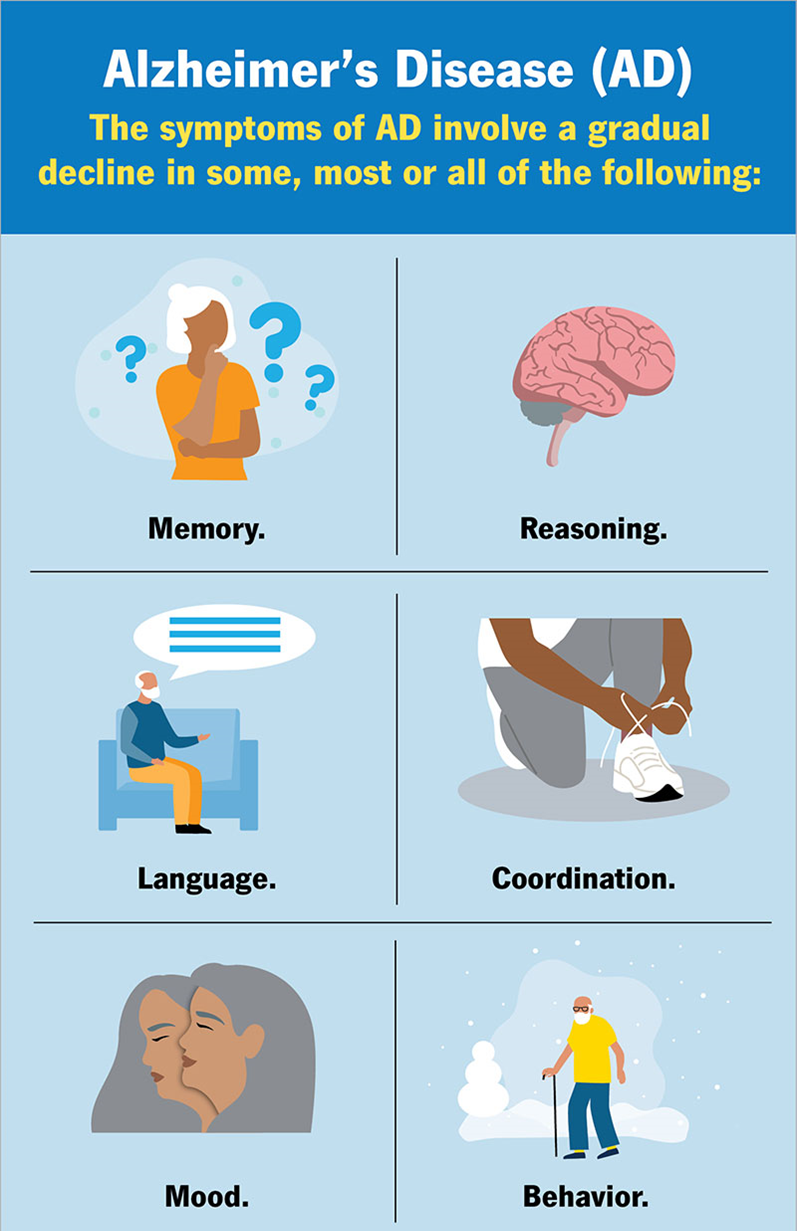The nurse is attempting to de-escalate a client who is becoming increasingly agitated on the unit. Which of the following interventions would be appropriate for this type of client? (SELECT ALL THAT APPLY)
Use a calm voice.
Speak louder than the client so as to be heard.
Reduce stimuli for the client.
Attempt to redirect the client.
Reprimand the client for upsetting everyone.
Correct Answer : A,C,D
Choice A Reason:
Use a calm voice.
Using a calm voice is essential in de-escalating an agitated client. A calm and steady tone can help soothe the client and reduce their anxiety. It also demonstrates that the nurse is in control of the situation and is there to help, which can be reassuring for the client.
Choice B Reason:
Speak louder than the client so as to be heard.
Speaking louder than the client is not appropriate as it can escalate the situation further. Raising one’s voice can be perceived as confrontational and may increase the client’s agitation. It is important to maintain a calm and composed demeanor to help de-escalate the situation.
Choice C Reason:
Reduce stimuli for the client.
Reducing stimuli is an effective intervention for an agitated client. Excessive noise, bright lights, and other environmental stimuli can exacerbate agitation. Creating a quieter and more controlled environment can help the client feel more at ease and reduce their agitation.
Choice D Reason:
Attempt to redirect the client.
Attempting to redirect the client can be helpful in de-escalating agitation. Redirecting the client’s attention to a different topic or activity can help distract them from the source of their agitation and provide a sense of control. This technique can be effective in calming the client and preventing further escalation.
Choice E Reason:
Reprimand the client for upsetting everyone.
Reprimanding the client is not an appropriate intervention. It can increase the client’s feelings of frustration and agitation. Instead, the focus should be on understanding the client’s needs and providing support to help them calm down.
Nursing Test Bank
Naxlex Comprehensive Predictor Exams
Related Questions
Correct Answer is A
Explanation
Choice A Reason:
Prevents the breakdown of acetylcholine.
Galantamine is an acetylcholinesterase inhibitor, which means it works by preventing the breakdown of acetylcholine in the brain. Acetylcholine is a neurotransmitter that is important for memory and learning. By inhibiting the enzyme that breaks down acetylcholine, galantamine increases the levels of acetylcholine available in the brain, which can help improve cognitive function in patients with Alzheimer’s disease1. This mechanism of action is crucial because it directly addresses the cholinergic deficit observed in Alzheimer’s disease.

Choice B Reason:
Decreases amyloid plaques in the brain.
This statement is incorrect. Galantamine does not work by decreasing amyloid plaques in the brain. Amyloid plaques are one of the pathological hallmarks of Alzheimer’s disease, but galantamine’s primary mechanism of action is related to acetylcholine metabolism. Other treatments and research efforts focus on targeting amyloid plaques, but this is not the function of galantamine.
Choice C Reason:
Increases acetylcholine levels in the brain.
While this statement is partially correct, it is not as precise as the correct answer. Galantamine increases acetylcholine levels indirectly by preventing its breakdown rather than directly increasing its production. The distinction is important because the therapeutic approach involves inhibiting the enzyme acetylcholinesterase, which breaks down acetylcholine, thereby increasing its availability.
Choice D Reason:
Limits neurotransmitter engagement of NMDA receptors.
This statement is incorrect. Limiting neurotransmitter engagement of NMDA receptors is the mechanism of action for a different class of Alzheimer’s medications, such as memantine. Galantamine does not affect NMDA receptors; instead, it enhances cholinergic function by inhibiting acetylcholinesterase and potentiating nicotinic receptors.
Correct Answer is ["C","E"]
Explanation
The correct answer is c, e.
Choice A Reason:
The statement “Clear and organized speech” is incorrect. Clients with delirium often exhibit disorganized thinking and speech. Their speech may be rambling, irrelevant, or incoherent, reflecting their fluctuating mental state. Clear and organized speech is more characteristic of a person without cognitive impairment or with stable cognitive function.
Choice B Reason:
The statement “Increased attention and focus” is incorrect. Delirium is characterized by a disturbance in attention and awareness. Clients with delirium typically have difficulty sustaining or shifting attention, which is a key diagnostic criterion. Increased attention and focus are not consistent with the presentation of delirium.
Choice C Reason:
The statement “Fluctuating levels of consciousness” is correct. One of the hallmark features of delirium is the fluctuation in the level of consciousness throughout the day3. Clients may experience periods of lucidity interspersed with confusion and disorientation. This fluctuation is a critical diagnostic indicator of delirium.
Choice D Reason:
The statement “Stable and consistent cognitive function” is incorrect. Delirium is marked by an acute change in cognitive function, which is neither stable nor consistent. Cognitive functions such as memory, orientation, and language are typically impaired and fluctuate over time. Stable cognitive function would not support a diagnosis of delirium.
Choice E Reason:
The statement “Agitation and aggression” is correct. Clients with delirium often exhibit behavioral disturbances, including agitation and aggression. These symptoms can result from the confusion and disorientation experienced during delirium. Recognizing these behavioral changes is important for the diagnosis and management of delirium.
Whether you are a student looking to ace your exams or a practicing nurse seeking to enhance your expertise , our nursing education contents will empower you with the confidence and competence to make a difference in the lives of patients and become a respected leader in the healthcare field.
Visit Naxlex, invest in your future and unlock endless possibilities with our unparalleled nursing education contents today
Report Wrong Answer on the Current Question
Do you disagree with the answer? If yes, what is your expected answer? Explain.
Kindly be descriptive with the issue you are facing.
